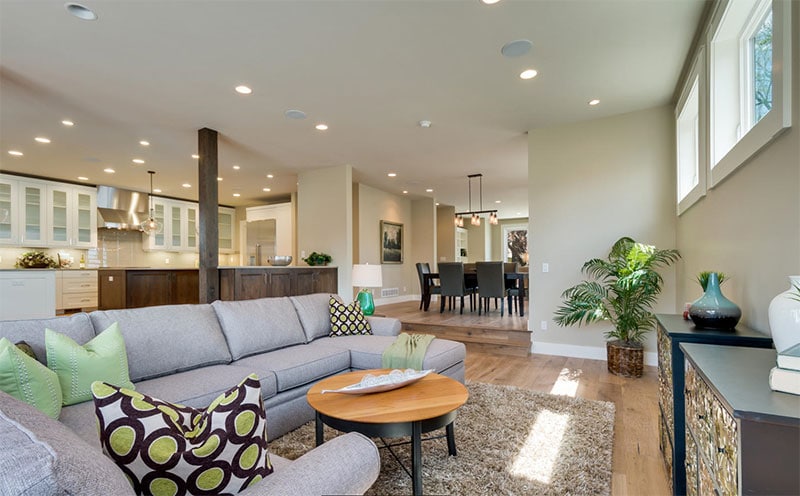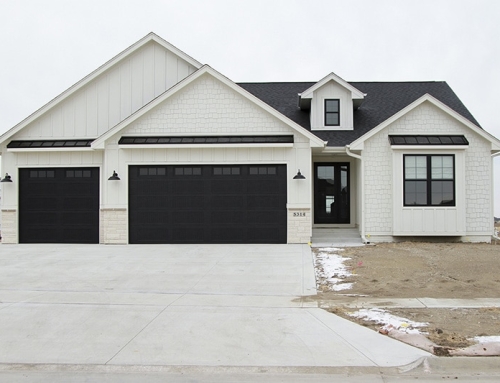Understanding how air affects wood floors is very useful. Wood floors react to an indoor environment in a predictable way because of known relationships with temperature and relative humidity. Therefore, a more stable environment results in a more stable floor. There are a few factors that determine the appropriate environmental requirements including consumer expectations, wood species and even board widths.
Do you have a dry or humid house?
One solution is to simply add humidity controls. Humidifiers are added during colder seasons to keep things from getting too dry and dehumidifiers are added to help deal with summer moisture. However, there can be a few constraints to adding moisture including energy requirements, the quantity of water needed and the risk of over-humidifying.
Air conditioners can help control summer humidity levels but need to be constantly running in order to be effective. According to an article by Wood Floor Business, AC units typically do not dehumidify much in the morning or during cooler spring and fall seasons when moisture loads can still be high. In many cases, an actual dehumidifier is necessary, especially with wider plank flooring in more humid climates.

Why does ventilation matter?
In short, outside air doesn’t get along well with wood flooring. Winter ventilation tends to dry hardwood flooring and summer ventilation tends to add moisture. “Beyond what is necessary for human health and safety, more is not better” said Craig DeWitt; Wood Floor Business. “An effective step in reducing floor issues is to reduce ventilation and air infiltration as much as possible.”
Next, attempt to eliminate any cold or hot spots so the environment is consistent across the floor. Try to eliminate cold spots resulting from AC systems, ducts and registers, and exterior wall drafts. Eliminate hot spots at windows and near heating systems, ducts and registers.
Craig also recommends getting the environment on both sides of the flooring as similar as possible. “In under-floor spaces such as crawlspaces, thermal, air and moisture flows need to be addressed” said Craig. “Using insulation incorporating an air and moisture barrier can accomplish this. Separate thermal, air and moisture barriers can also be combined to do the job.”

In summary, how indoor air affects flooring…
A consistent, stable environment will result in a more stable, consistent wood floor. With today’s high consumer expectations and flooring preferences, consistent, stable environments are necessary for a successful wood floor installation. “The good news is that creating those environments is quite possible and cost effective,” said Craig. “The bad news is that it takes many other building trades to help make it happen.”
The first rule to maintaining a healthy home is the indoor air quality. Luckily, there’s no need to stress or worry about your indoor air quality with Hallmark Floors. Before you go, click here to learn more about Hallmark Healthy Homes.
The photos in this article are from Spotlight Dealer, Floors by Remo. If you are in the Englewood, Colorado area we highly recommend them!
Not in Colorado? No worries, you can use our locator to find a dealer near you.
How air affects wood floors?
Visit your local dealer to see for yourself why our floors are Simply Better.
Locate a local dealer, Hallmark Floors’ Dealers.
Follow us on Facebook, Instagram and Google+.
We design beautiful, fashionable floors for any life style.
Simply Beautiful
Simply Durable
Simply Hallmark








